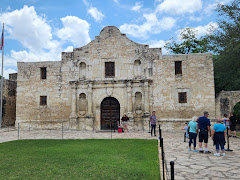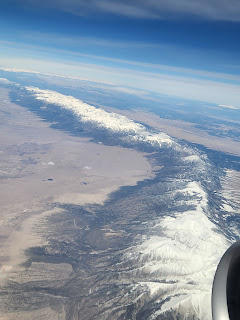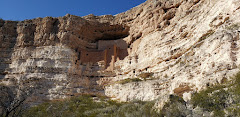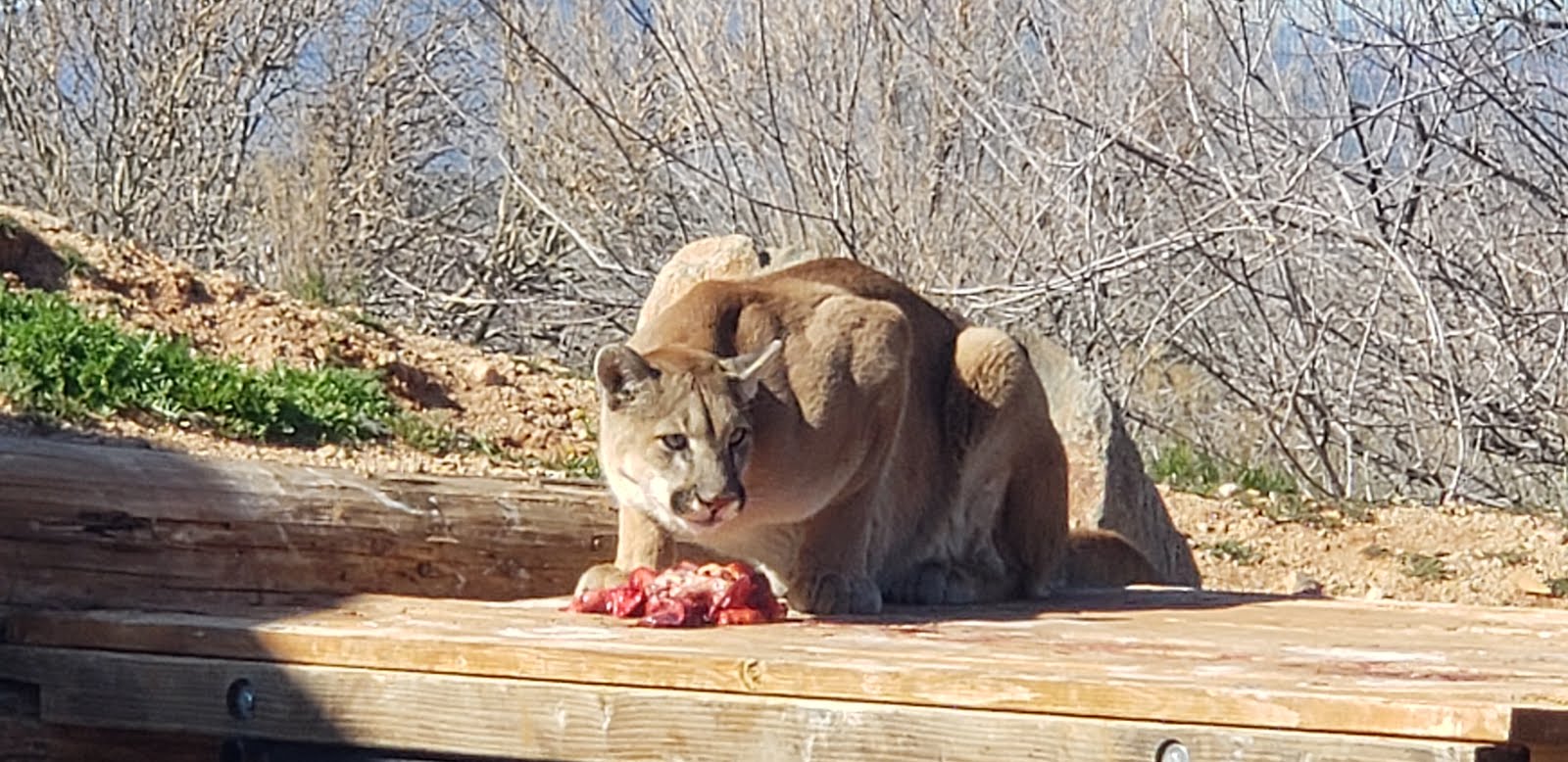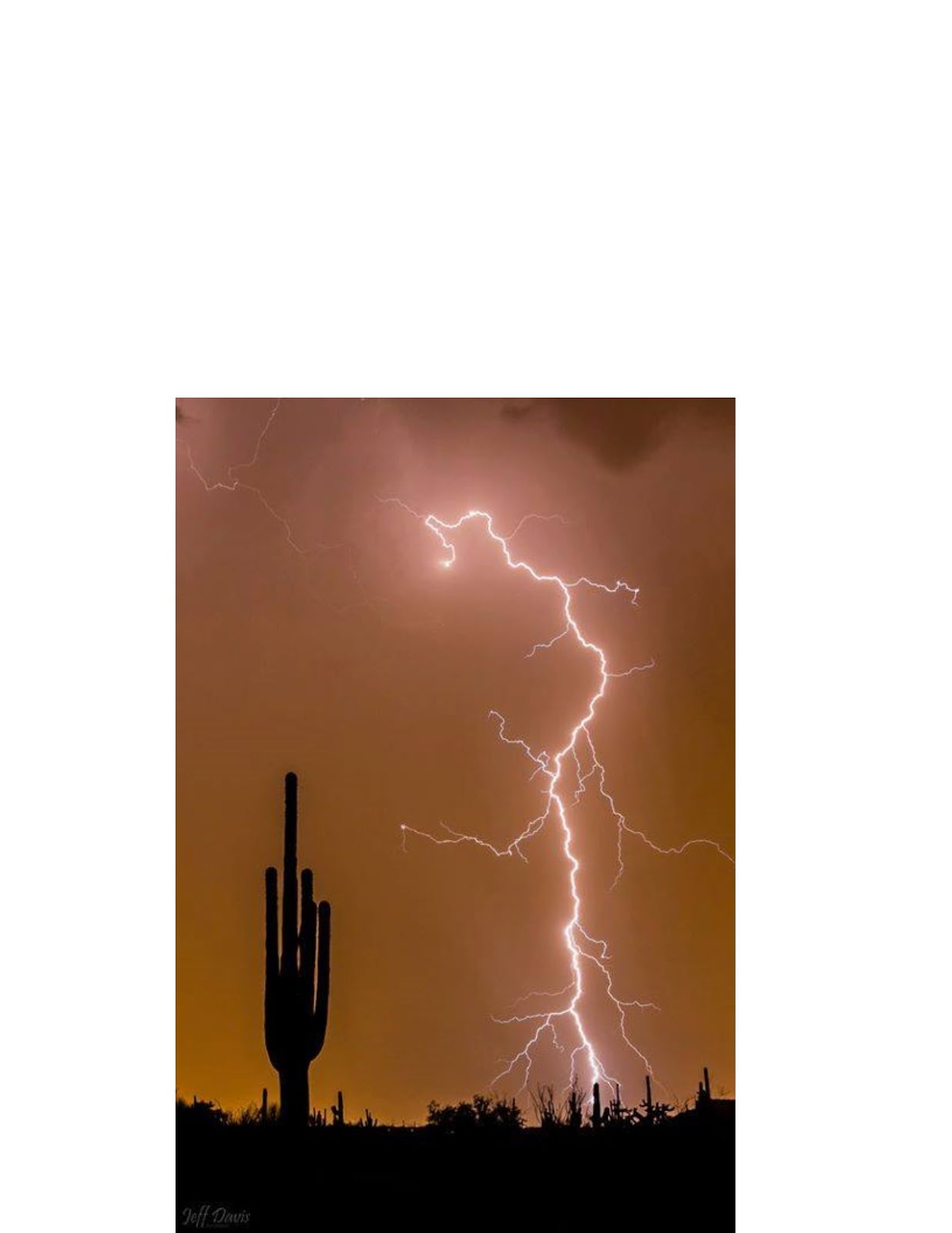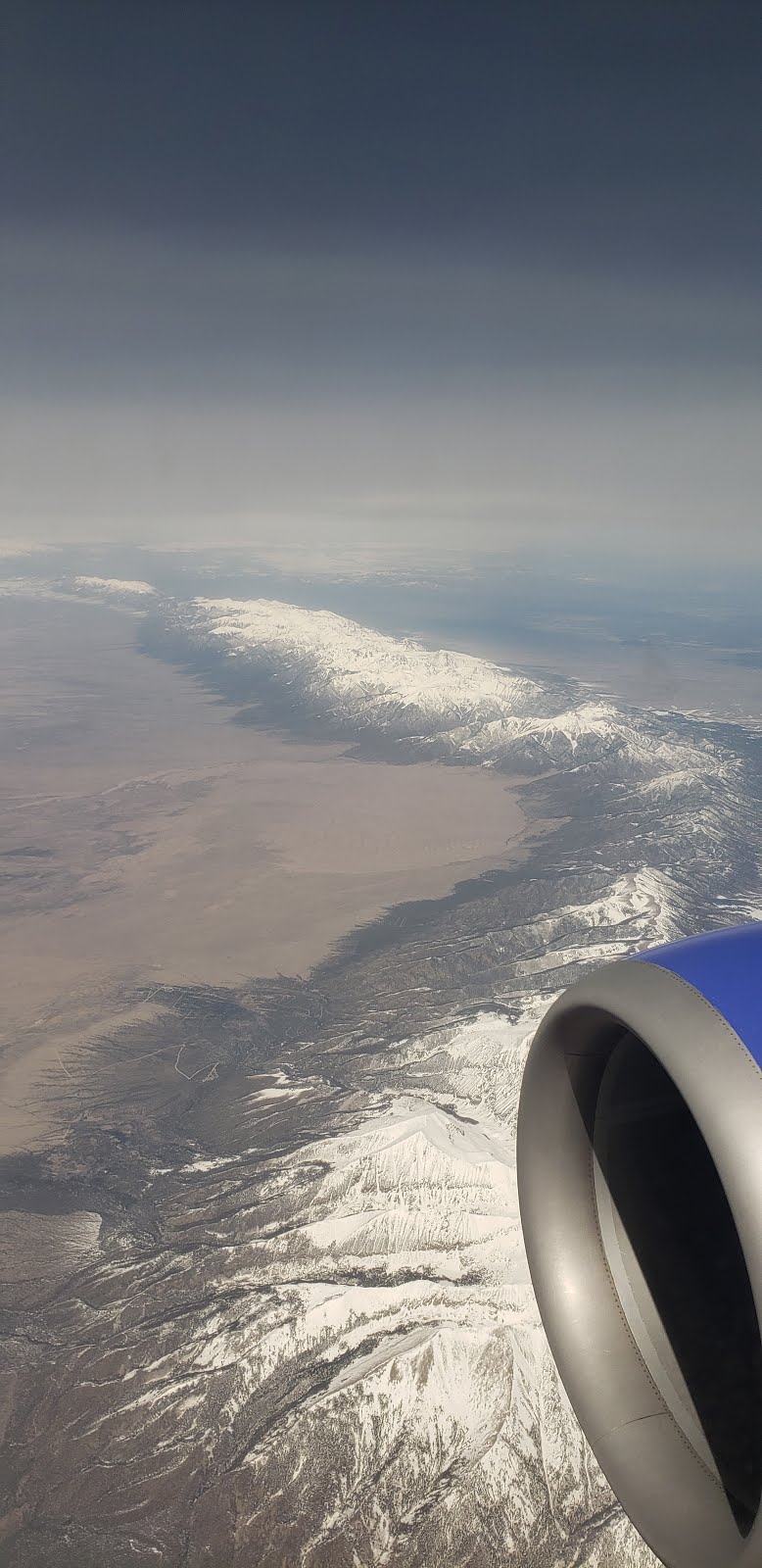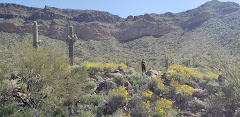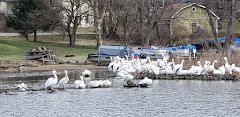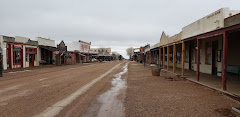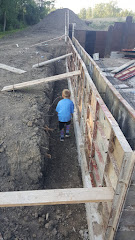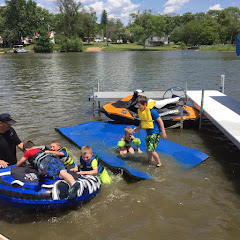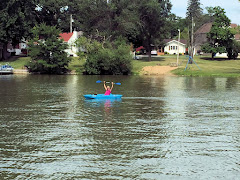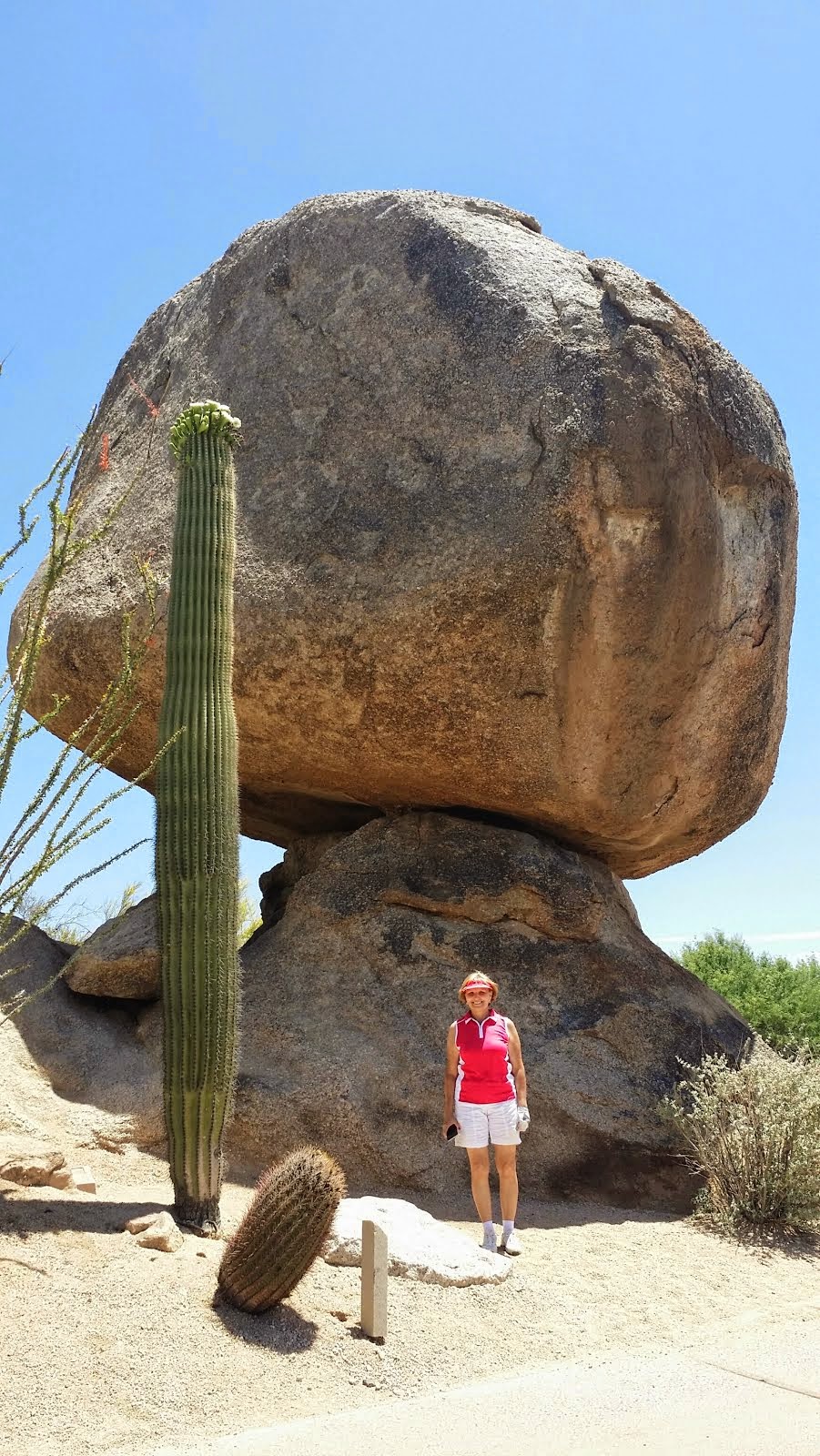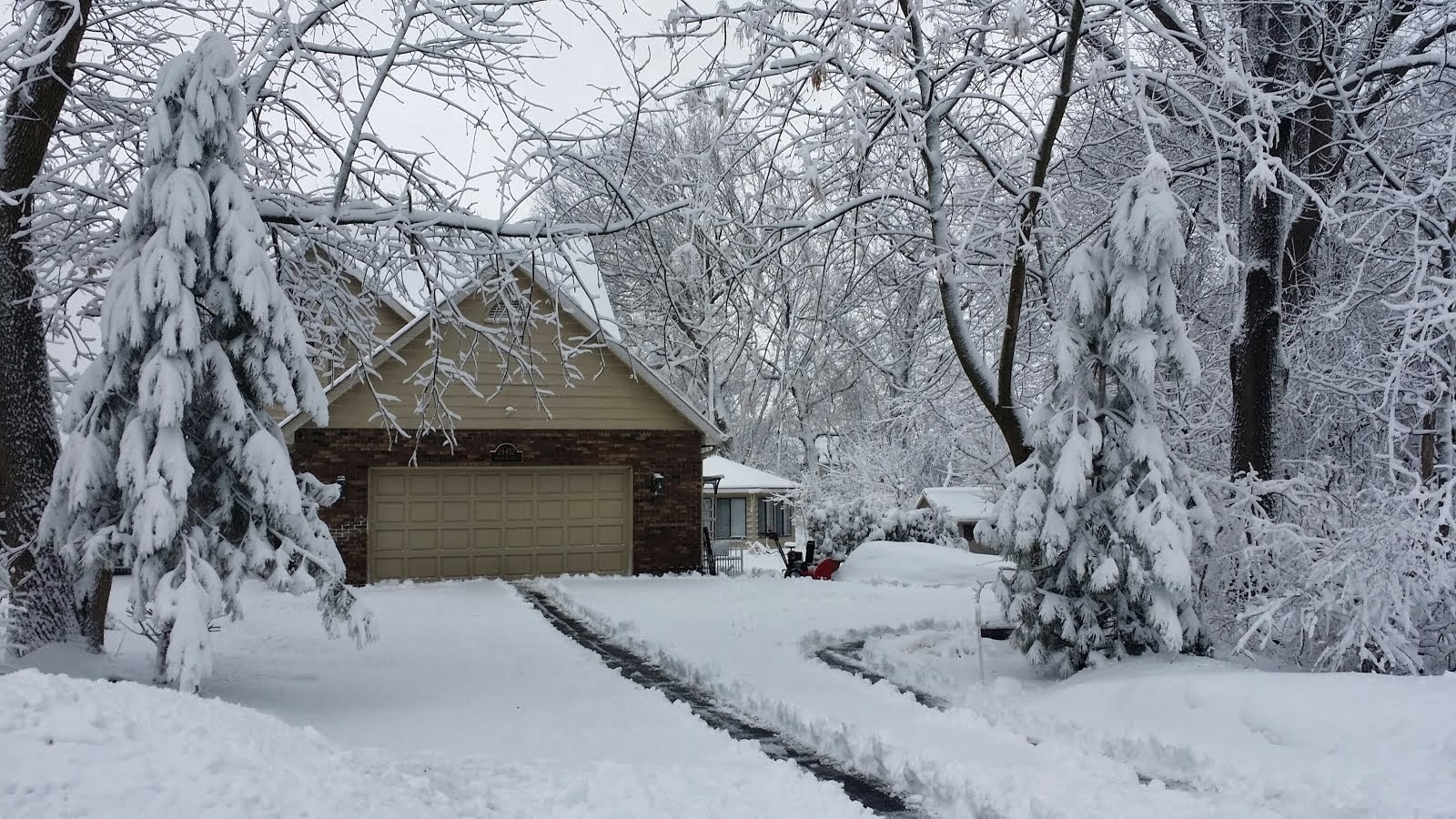Interesting General fact:
The rock salt used on roads is the same salt that is used on your dinner table. The larger salt pieces are typically ground down to finer crystals before being placed on your supermarket shelves. Salt is collected by underground salt mines and then processed, packaged and distributed. The largest salt mining company in the United States, American Rock Salt, produces 10,000 to 18,000 tons of salt each day.
Watch how you use it around your Home:
First, you should shovel the area and remove as much of the snow and ice as you can yourself. When you apply the salt, only use it on ice and not on snow. This will require less salt to be introduced to the environment. You can also use 30 percent less salt if you add it to some water before applying it to icy areas. It's also important to keep salt away from your plants to avoid damaging them. The sodium chloride that makes up most salt is toxic to many forms of vegetation, choking out necessary nutrients they need to survive.
How it Works:
Salting roads works by altering the freezing point of water.
Water with a higher salt content has a lower freezing point than water with less salinity.
This accounts for the difference in Celsius and Fahrenheit temperature scales;
0 degrees C is the freezing point of fresh water, while 0 degrees F is the freezing point of brine solution that Daniel Fahrenheit mixed.
Salting icy roads and walkways lowers the freezing point of the water that forms ice which leads to melting and prevents falling snow or rain from being able to freeze.
Sorry, I guess that's still the Chemist in me.
Friday, December 13, 2013
Subscribe to:
Posts (Atom)



